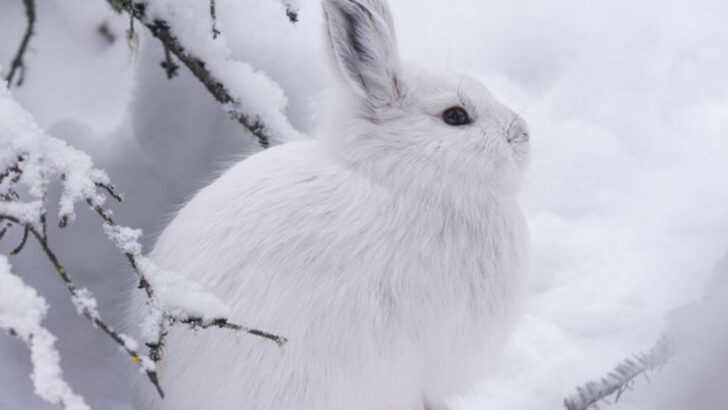Not all small game goes down easy.
Some animals don’t just run—they vanish. Others seem to have sixth senses, dodging every trap, every call, every step of your boot in the brush.
These are the clever, the quick, the near-mythical masters of evasion. Hunting them takes more than patience—it takes skill, grit, and maybe a little luck. You’re not just chasing meat; you’re matching wits with some of nature’s sneakiest survivors.
Whether they’re darting through thick cover or zipping through the air like feathery missiles, these 20 small game animals bring the kind of challenge that makes your heart race and your aim sharper.
Ready for the hunt? Let’s meet the ones that don’t make it easy.
Snowshoe Hare
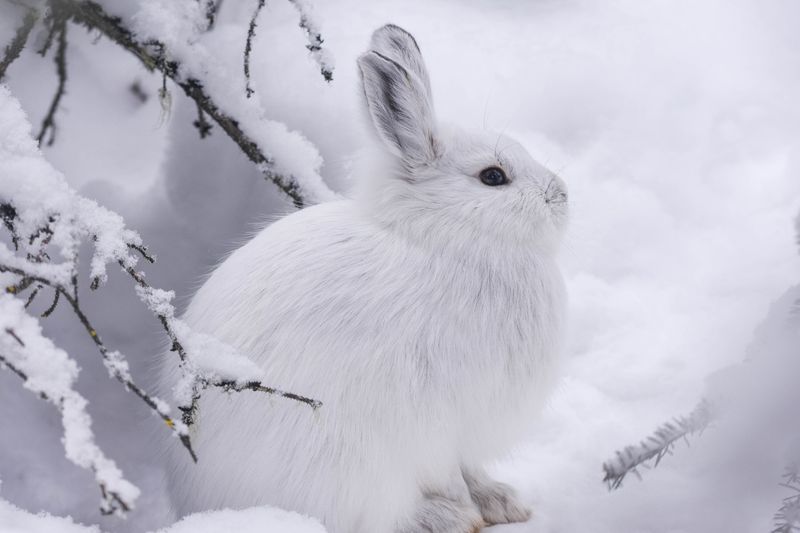
The snowshoe hare is an elusive creature, adept at blending into its snowy surroundings. Their season is particularly challenging due to their remarkable speed and agility.
These hares have large hind feet, allowing them to move swiftly across the snow, evading predators with ease. Hunters often find tracking them in deep snow a formidable task. Unlike other small game, the snowshoe hare changes color with the seasons, adding an extra layer of difficulty.
Their white winter coat provides them with excellent camouflage, making them nearly invisible against a snowy backdrop. Are you ready for the challenge?
Ruffed Grouse
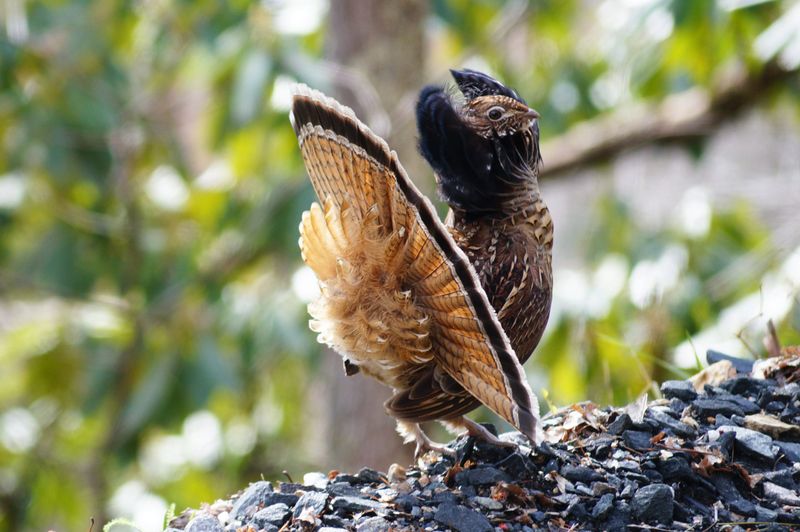
The ruffed grouse is known for its elusive nature and unpredictable flight patterns, making it a challenging target. Found in dense forests, their ability to take off rapidly and disappear into the thickets leaves many hunters in awe.
Their drumming sound, a key identifier, can be heard echoing through the woods. Hunters must be quick to spot and aim as these birds often flush unexpectedly.
Their plumage provides excellent camouflage among the fallen leaves and branches. Successfully hunting a ruffed grouse requires both patience and precision.
Eastern Cottontail Rabbit
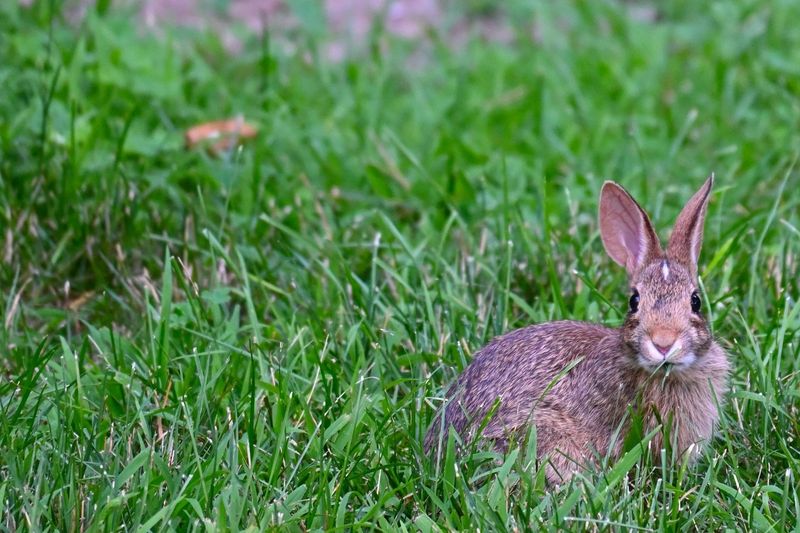
Eastern cottontail rabbits are a common sight but pose a unique challenge due to their keen senses and rapid movements. Known for their ability to dash into thick underbrush, they often escape before hunters can react.
Their season is marked by the need for stealth and patience as hunters must avoid detection. These rabbits have a knack for freezing at the hint of danger, blending seamlessly with their surroundings.
The thrill of the hunt lies in outsmarting these nimble creatures.
Squirrel
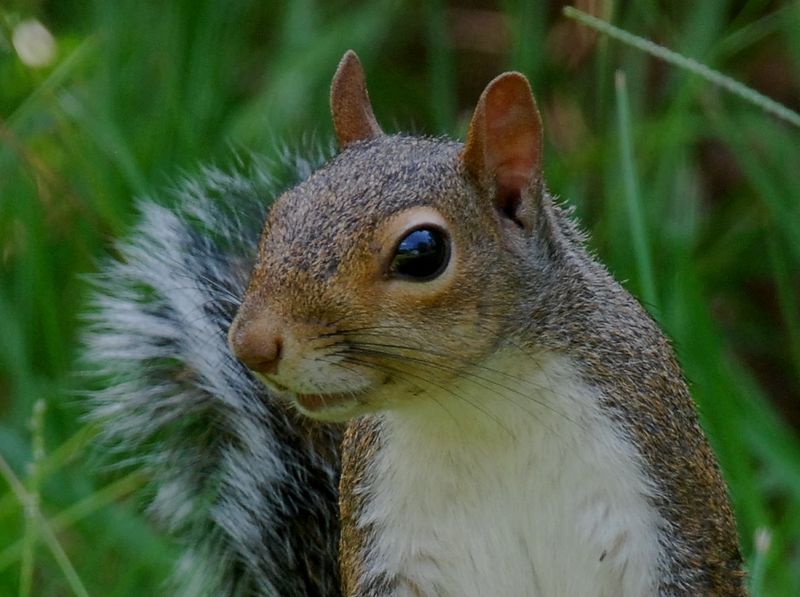
Squirrels, with their bushy tails and quick reflexes, offer a teasing challenge to hunters. Found in woodlands and urban areas alike, their unpredictable movements make them a tricky target.
Hunters often find themselves outsmarted as these clever animals dart from tree to tree. The rustling of leaves can give away their location, but their ability to blend and freeze makes them elusive.
Each encounter is a test of skill and patience, requiring precise aim and timing.
Woodcock
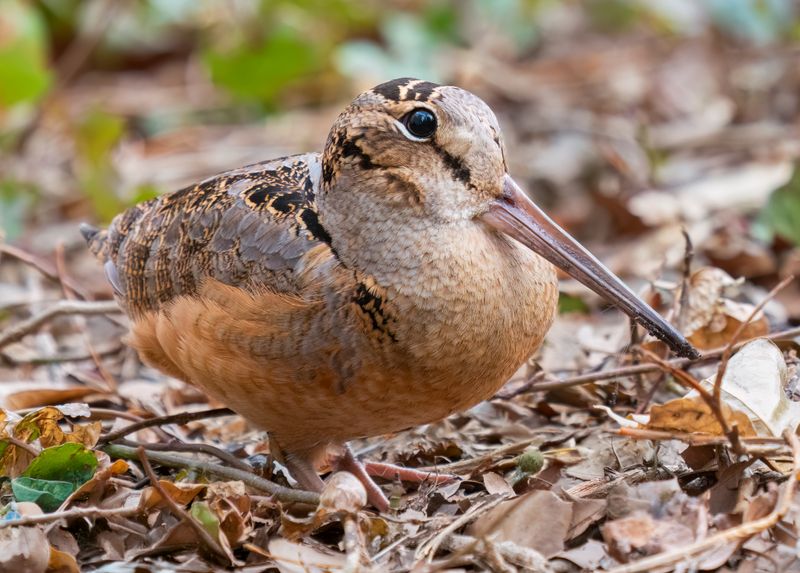
The American woodcock is a master of disguise, often mistaken for a pile of leaves until it bursts into flight. This bird’s erratic flight pattern and preference for dense cover make it a formidable quarry.
Known for their courtship displays at dusk, woodcocks require hunters to be both attentive and quick. Their mottled brown feathers blend perfectly with the forest floor, challenging hunters to spot them.
The woodcock’s unpredictable flushing behavior keeps hunters on their toes and tests their reflexes.
Jackrabbit

Jackrabbits are known for their remarkable speed and agility, often seen bounding across open plains. Unlike other rabbits, they are built for endurance, making them a challenging hunt.
Hunters pursuing jackrabbits must be prepared for a chase, often requiring teamwork. Their large ears and long legs give them an advantage in both detection and escape.
Successfully catching a jackrabbit involves strategy and keen observation, as these animals can outpace many predators.
Bobwhite Quail
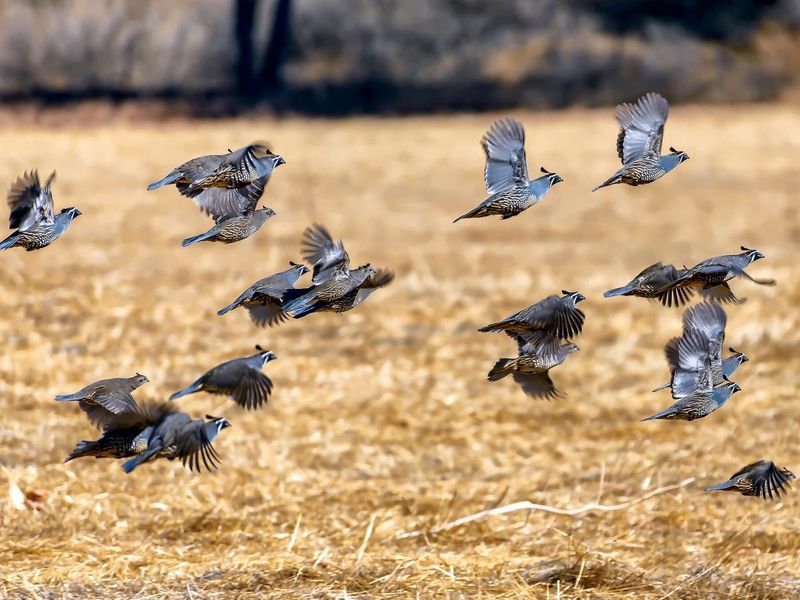
Bobwhite quails might be small, but their group dynamics add complexity to the hunt. Found in coveys, these birds rely on their numbers for protection.
When startled, the entire group can explode into flight, confusing hunters. Their preference for thick cover adds to the difficulty, making them a favorite among expert hunters.
Identifying and approaching a covey requires caution and precision. The thrill comes in the moment they burst from concealment, testing a hunter’s skill.
Pheasant

Pheasants are celebrated for their vibrant plumage and challenging hunting season. Their tendency to run rather than fly, combined with their sharp eyesight, makes them elusive.
Known to take flight only when necessary, hunters must approach with care. The moment of flushing, as a pheasant bursts from hiding, requires split-second timing for a successful shot.
Their habitat in fields and dense cover demands persistence and strategy from hunters.
Red Fox
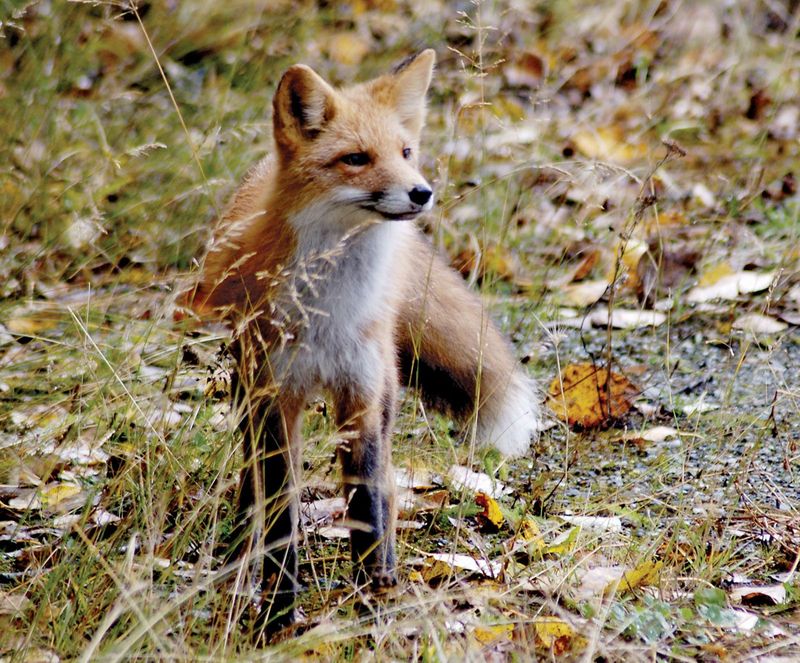
The Red Fox, known for its cunning and intelligence, offers a challenging hunt due to its adaptability and keen senses. Found in diverse environments, from rural to urban areas, this predator is adept at evading capture.
Hunters must be cautious and strategic, as the fox’s acute hearing and sense of smell make it difficult to approach. The thrill of the hunt lies in outsmarting this clever animal, whose presence is often signaled by its distinctive tracks in the snow.
Did you know? The Red Fox has one of the most widespread ranges of any terrestrial carnivore, adapting to various climates around the world.
Blue Grouse
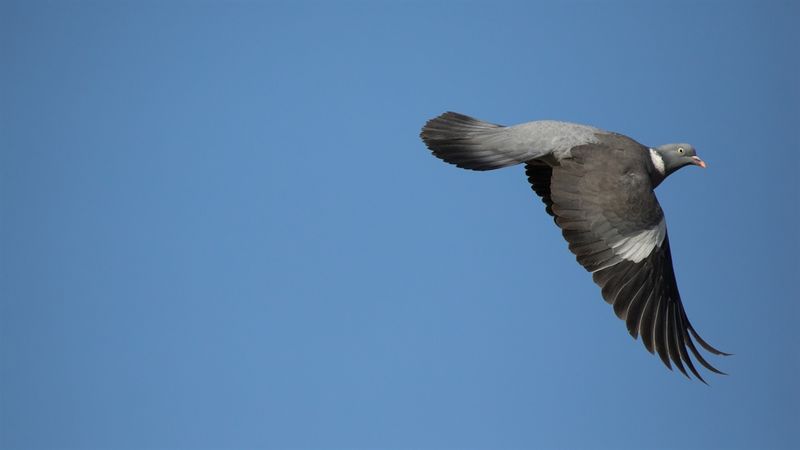
The blue grouse, native to mountainous regions, is known for its challenging hunting season. These birds are often found in higher elevations, requiring hunters to trek into rugged terrain.
Their preference for coniferous forests adds to the challenge, as their plumage blends seamlessly with the environment. Hunters must be prepared for a physical pursuit, as blue grouse can be elusive and quick to take flight.
Spotting these birds demands patience and keen eyesight, rewarding those who succeed with a memorable experience.
Chukar Partridge
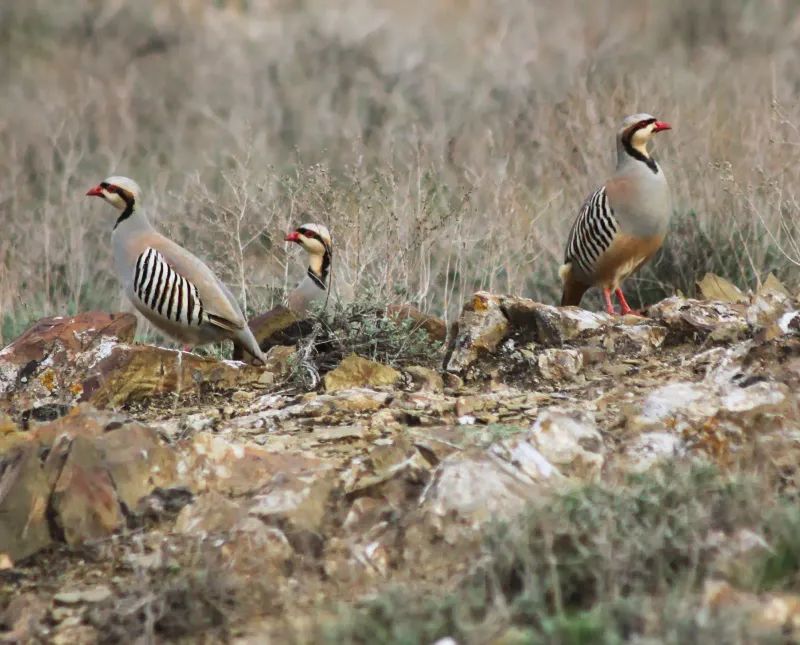
Chukar partridges present a unique challenge, often found in steep and rocky terrains. Their natural habitat requires hunters to be agile and prepared for a strenuous hike.
Known for their explosive flight when startled, chukars demand quick reflexes. Their distinctive calls can be both a lure and a taunt, as they echo through the slopes.
Successfully hunting chukars involves not only skill but also endurance, making them a prized target for many.
Rabbit
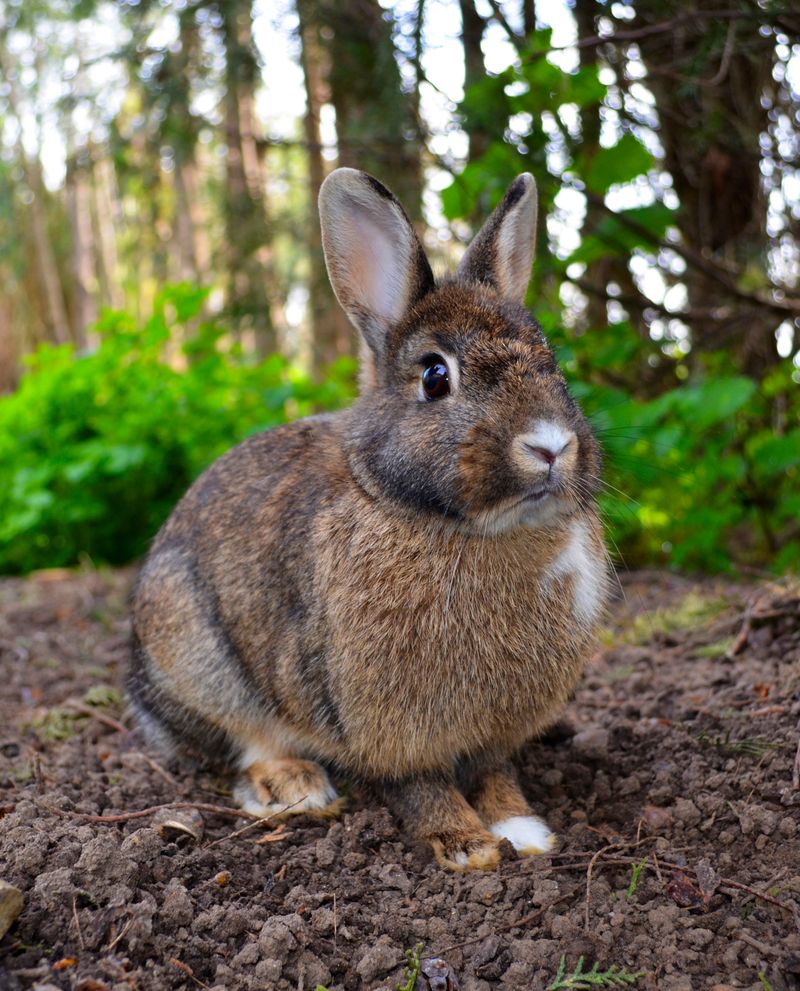
Rabbits, ubiquitous yet challenging, are often underestimated in the hunting world. Their acute senses and rapid escape maneuvers require hunters to be both patient and stealthy.
Known for their ability to zigzag through fields and forests, rabbits present a game of strategy. Hunters must anticipate their moves and act swiftly to succeed.
Whether in a field or woodland, the hunt for rabbits tests one’s adaptability and quick thinking.
Snipe
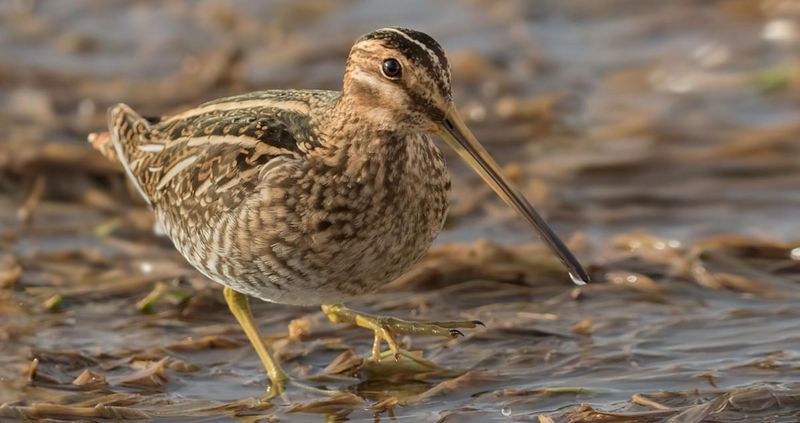
Snipe hunting is legendary for its difficulty, often involving marshy grounds and unpredictable flight paths. These birds are masters of camouflage, blending perfectly with the reeds and mud.
Hunters are challenged by the snipe’s erratic flight and the need for precise shooting. Their distinctive, high-pitched call can guide hunters, but spotting them requires sharp eyes.
Known as a true test of a hunter’s skill, snipe offer a rewarding chase for those willing to pursue them.
Wood Duck
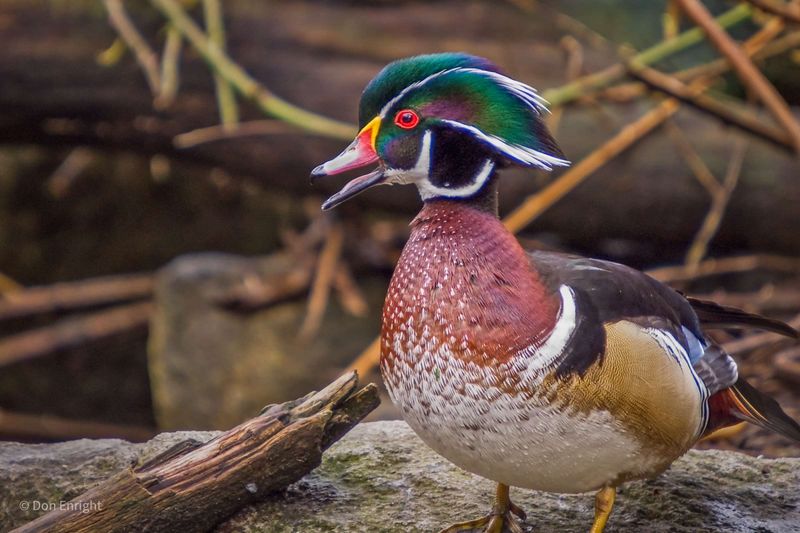
Wood ducks stand out for their beauty and the challenge they present to hunters. Preferring wooded swamps and ponds, these ducks require hunters to navigate difficult terrains.
Known for their swift flight and sudden maneuvers, wood ducks test a hunter’s agility and precision. Their vibrant colors provide a striking contrast to their shadowy habitats, making them a favorite among bird enthusiasts.
Success in hunting wood ducks lies in understanding their habits and the unique environments they inhabit.
American Pika
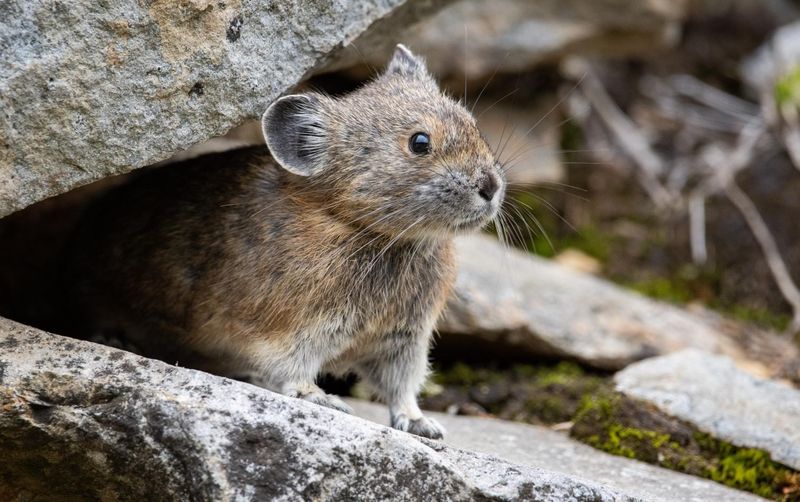
Imagine scaling rocky slopes and listening for the distinctive squeak of the American Pika. These small, herbivorous mammals thrive in the cold climates of the western United States. Their agility and ability to blend with the rocky terrain make them a challenging target for any hunter.
Pikas are known for their distinctive behavior of collecting and storing food for the winter, a behavior known as ‘haymaking.’ Their acute hearing and speed allow them to evade predators with ease, adding to the hunter’s challenge.
Pika populations are sensitive to climate change, and their hunting is closely regulated to ensure their survival. The necessity of understanding their habitat and behavior, along with the challenges of the terrain, makes hunting them a true test of skill.
Eurasian Teal
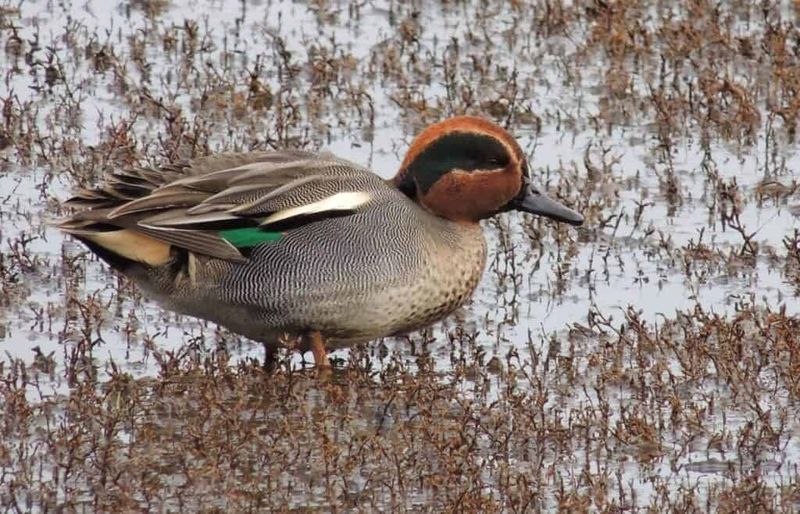
With a flash of its wings, the Eurasian Teal can disappear into the misty wetlands it calls home. This small duck is highly prized for both its beauty and the difficulty it presents to hunters.
Teals are swift and unpredictable in flight, often traveling in large, erratic flocks that test a hunter’s reflexes and skill. Their preference for secluded, often inaccessible wetlands adds another layer of difficulty.
Understanding the flight patterns and feeding habits of the Eurasian Teal is crucial for a successful hunt. The combination of their speed, agility, and habitat makes hunting them one of the most challenging small game pursuits.
Mourning Dove
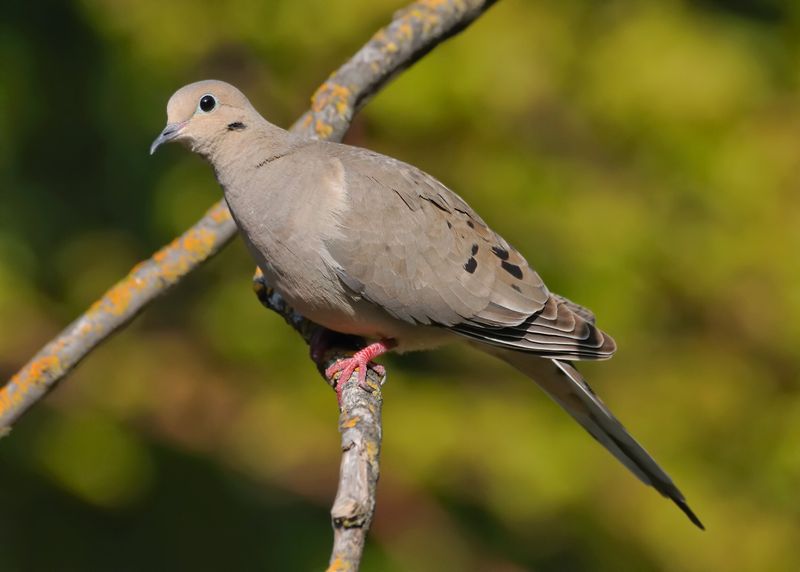
Mourning doves are ubiquitous yet offer a surprisingly challenging hunt. Known for their swift flight and erratic paths, they require hunters to be exceptionally accurate.
Their haunting coo is a common sound in rural landscapes, guiding hunters to their presence. Despite their abundance, doves’ sharp vision and speed make them a test of skill.
Success in mourning dove hunting demands keen eyesight and precise shooting, often from long distances.
Greater Prairie Chicken
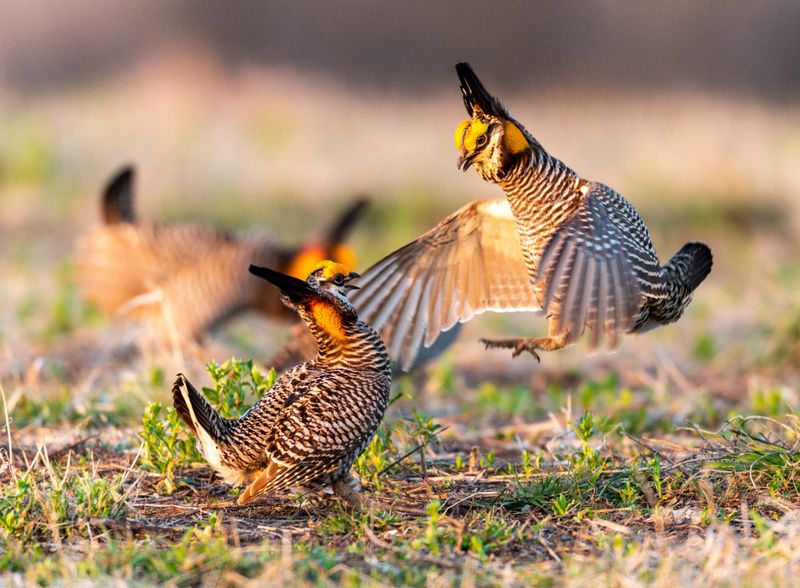
The Greater Prairie Chicken is not only a symbol of the American prairie but also a challenging quarry. During the hunting season, these birds are wary and rely on their exceptional vision to evade threats.
Hunters often need to cover large areas of open grassland, which requires endurance and strategic planning.
The bird’s swift takeoffs and zigzag flight paths add to the hunting challenge.
American Marten

The American Marten, a small member of the weasel family, is known for its elusive nature and quick movements. Found in the dense forests of North America, this creature is both agile and cunning, making it a formidable target for any hunter.
During the winter months, when the marten’s luxurious fur is most prized, hunters must navigate harsh weather conditions and challenging terrains. The thick canopy and snow-covered grounds add to the difficulty, requiring both patience and precision.
Interestingly, the American Marten’s habitat often overlaps with that of its close relative, the fisher. This overlap can sometimes lead to unexpected encounters, adding another layer of intrigue to the hunt.

